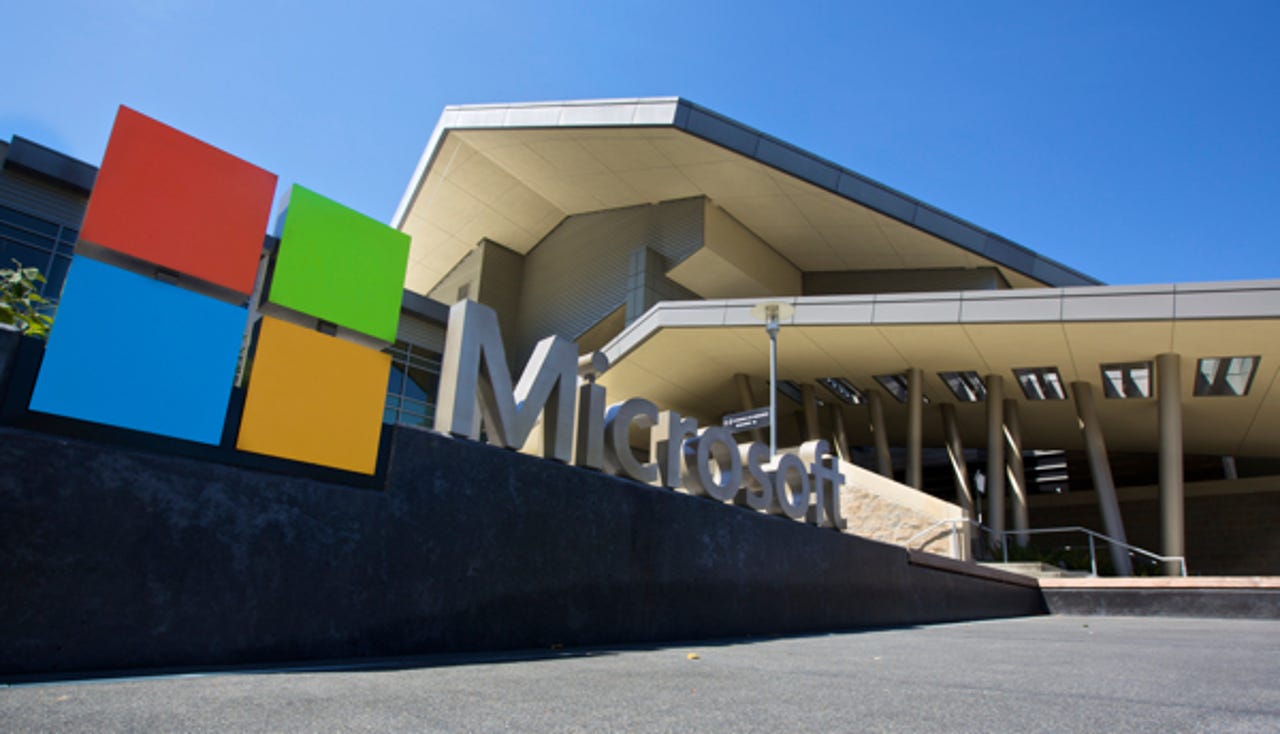3 reasons Microsoft will become the most impressive tech company


Then the tech industry shifted, with a marked focus on mobile tech. This changed everything, as the mobile space was evolving at a rapid pace. The long-term roadmap for tech products no longer worked in such a fast-moving industry.
Microsoft realized it had to change to not only keep up with the competition in mobile, but to keep its offerings relevant. It's done a good job so far with internal changes to keep up with the mobile space.
The company is on its way to be a driving force in tech in general and in the mobile world in particular. This is due to three things the new Microsoft is doing, and doing well.
Speed
The plodding behemoth that was Microsoft in the past has been replaced by a fast-moving, even nimble, tech company. New products are released regularly across all areas of the company's business.
Read this
Microsoft's products and services cover the spectrum in tech, and the rapid pace of the operation is impressive. From cloud services to software products, regular updates and new offerings are the norm.
See related: Microsoft's February Intune update adds new Android management features| Microsoft updates Yammer for iOS, Android with new mobile collaboration features | Microsoft rolls out new Outlook apps for iOS and Android
A prime example of this is evident in the relatively short period in which Windows went from Windows 7 to Windows 10. While the latter is not released yet, the preview that is available to the public is not only a radical departure from Windows 7, it's also an evolution from the debacle of Windows 8.
Windows 8 was a complete reworking of the Windows of old, and it wasn't well received by many of Microsoft's customers. In a very short time the company responded to heavy criticism, and based on what we've seen in the Windows 10 preview may win back loyal Windows 7 fans.
Responding to customer feedback
The new Microsoft is responding to feedback from users of its products in a most impressive way. While it has always listened to customer feedback, when it responded to such discussions in the past it was not in a timely fashion.
It's the mark of a good company when you see the wishes of customers addressed in product updates. Immediately after the release of Windows 8, users responded with criticism over the loss of the famous start menu.
Microsoft listened and the start menu is back in Windows 10. It's even more functional than it was in versions of Windows past. It can operate in a similar fashion to the start menu of old, and also in a manner that embraces touch-friendly manipulation with live tiles introduced in Windows 8. This should appeal to most everyone, and is directly the result of the company listening to feedback and acting on it.
See also: Some first impressions of Windows 10 | Hands-on with the new Word, Excel, and PowerPoint apps for Windows 10 tablets
The same response level is evident in the Metro home screen introduced in Windows 8. While the desktop of old was still there, users lamented the primary focus on the touch world of live tiles. Microsoft shifted in just a short period to bring the desktop focus back in Windows 10. Touch friendly operation is still there, but not in the user's face.
Embracing mobile
In spite of proclamations of the death of the PC, it's still there and Microsoft will continue to be there too. Even so, mobile is already big in tech, and will continue to be so. Recent moves by Microsoft demonstrate it has a big focus on mobile.
To see how the company is embracing mobile you only have to look at the big mobile platforms. Microsoft has already produced software for iOS and Android in a big way.
See more: Microsoft apps in the iTunes app store| Microsoft apps in Google Play store
Look through the iTunes app store and you'll find over 40 Microsoft apps for iPhone and iPad. These include the company's major Office apps, Word, Excel, Powerpoint, and OneNote. Microsoft doesn't just have lots of apps on iOS, five of them are regularly in the top list of downloaded apps.
There are almost as many Microsoft apps in the Google Play Store for Android, and this now includes the Office apps that have been so popular on iOS. The company has made it clear it must have its products on the major mobile platforms, and it has made an impressive start.
Impressive and racing forward
Microsoft is moving quickly and it is impressive to watch. It's not doing that in limited areas of its business, either. It is doing so across the spectrum of its offerings. In addition to Windows as discussed, it has advanced its consumer cloud services with OneDrive, which is the foundation of its push in mobile.
Featured
Its smartphone operation isn't limping along, either. It is preparing to bring Windows 10 from the PC to the handset. The new Windows will be the basis for the desktop, handset, and mobile PC, and will soon be in the hands of consumers and the enterprise running on every form of computer.
The innovations Microsoft is unleashing make it more impressive than rivals Apple and Google. While Apple and Google are keeping their own technology largely tied to their own platforms, the folks in Redmond are already establishing a big presence on both of theirs.
The competition is apparently content to slowly evolve major product lines, but Microsoft is in the midst of a total change in both its products and services. It is shaking things up, and at an impressive pace. It is the tech company to watch.